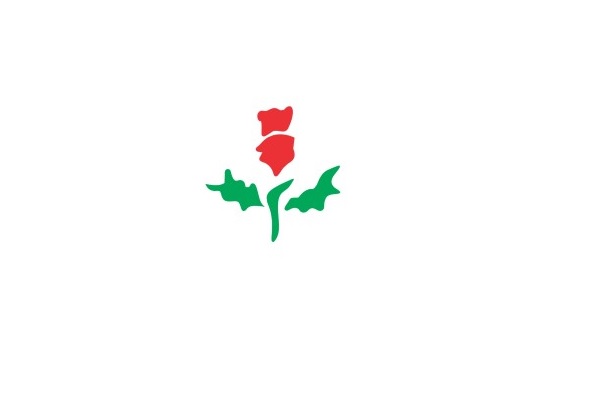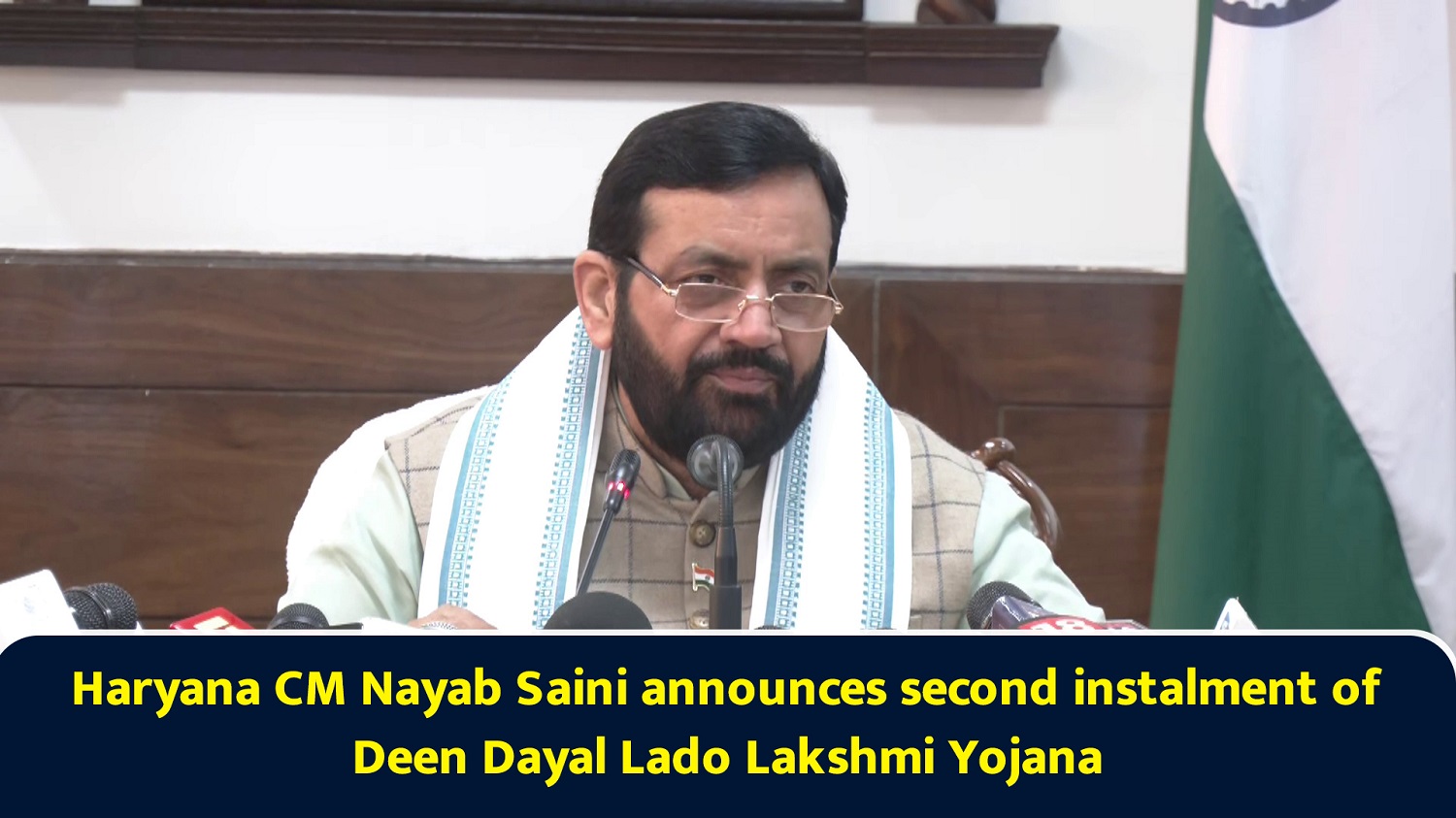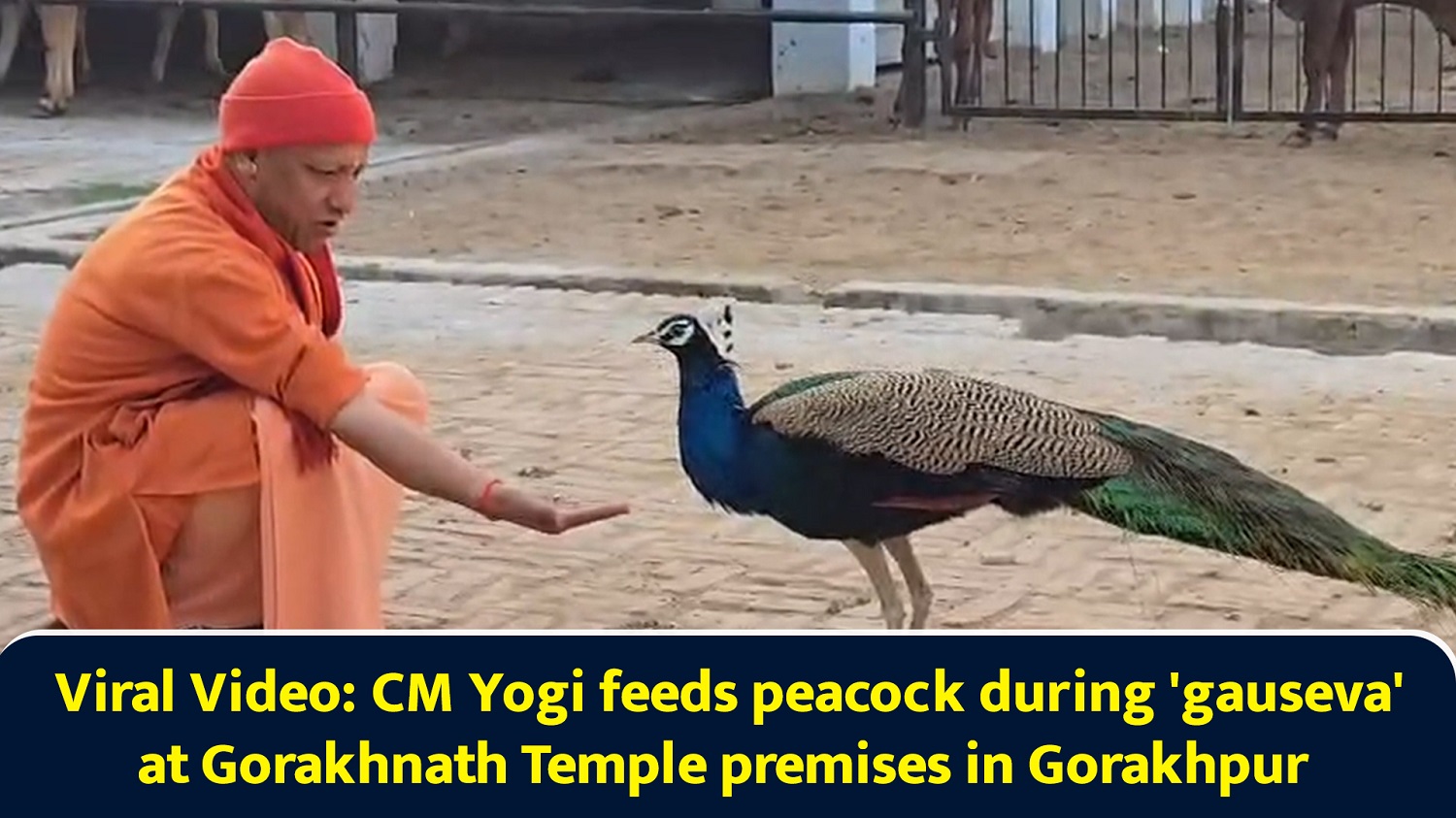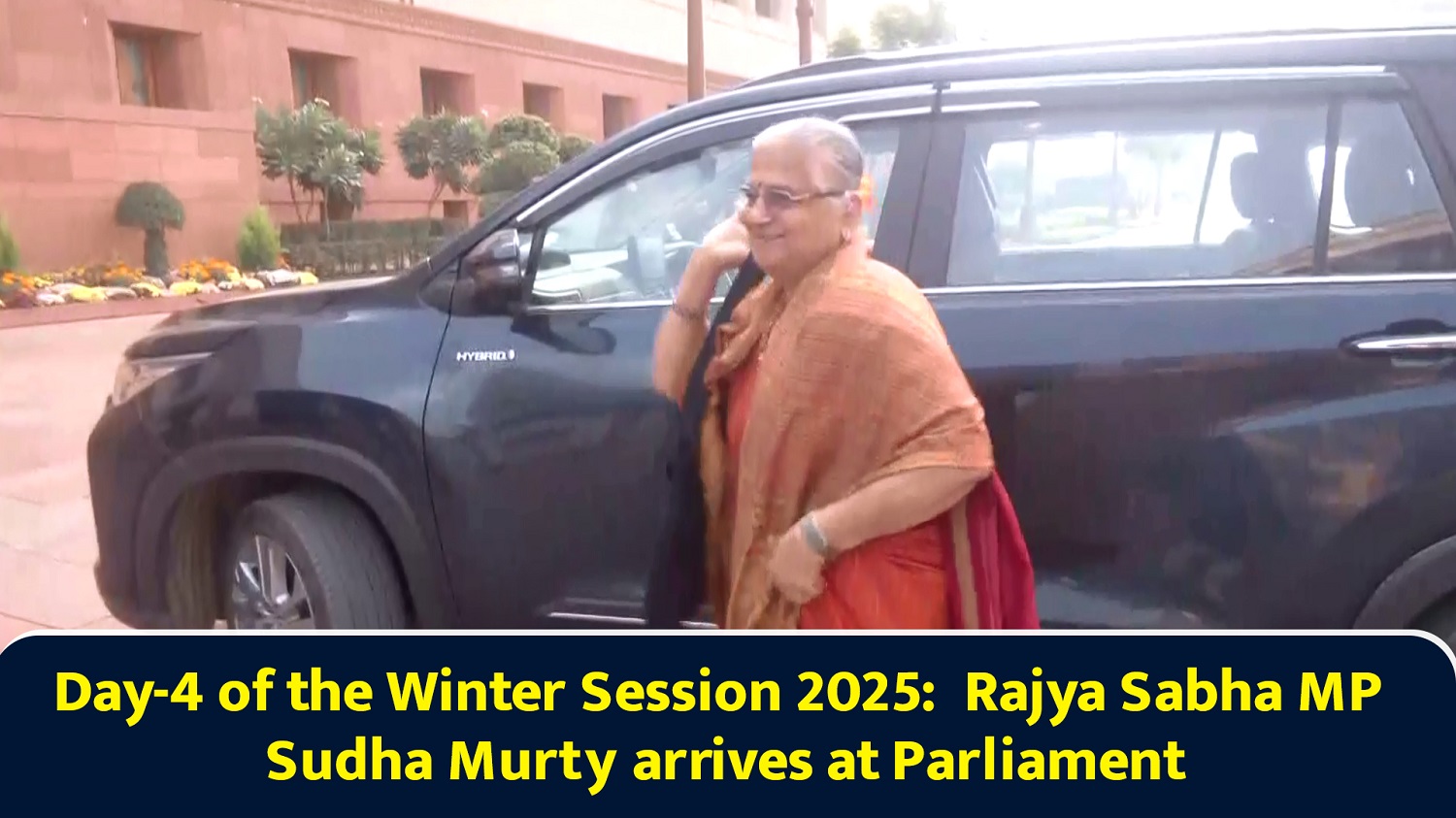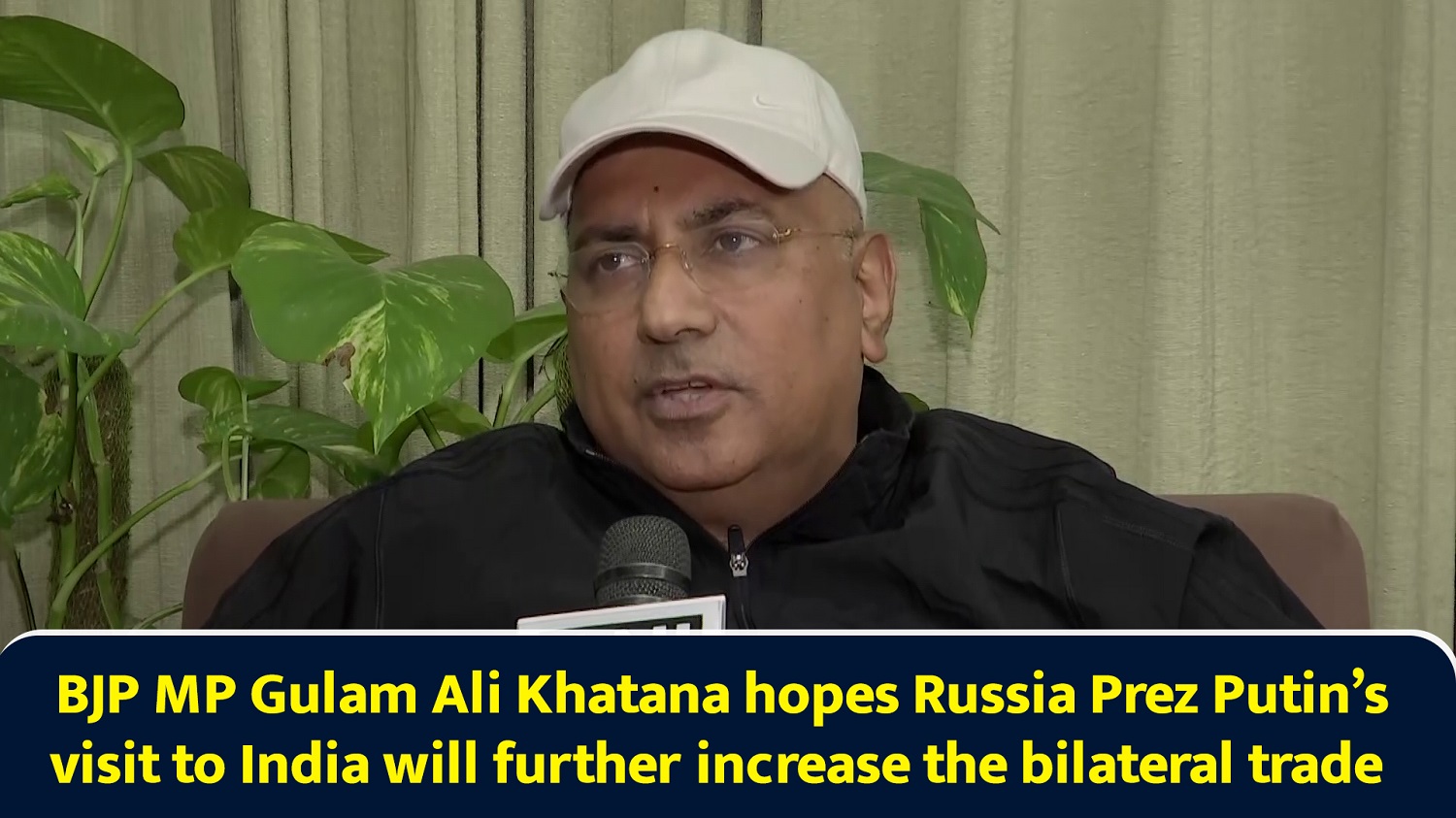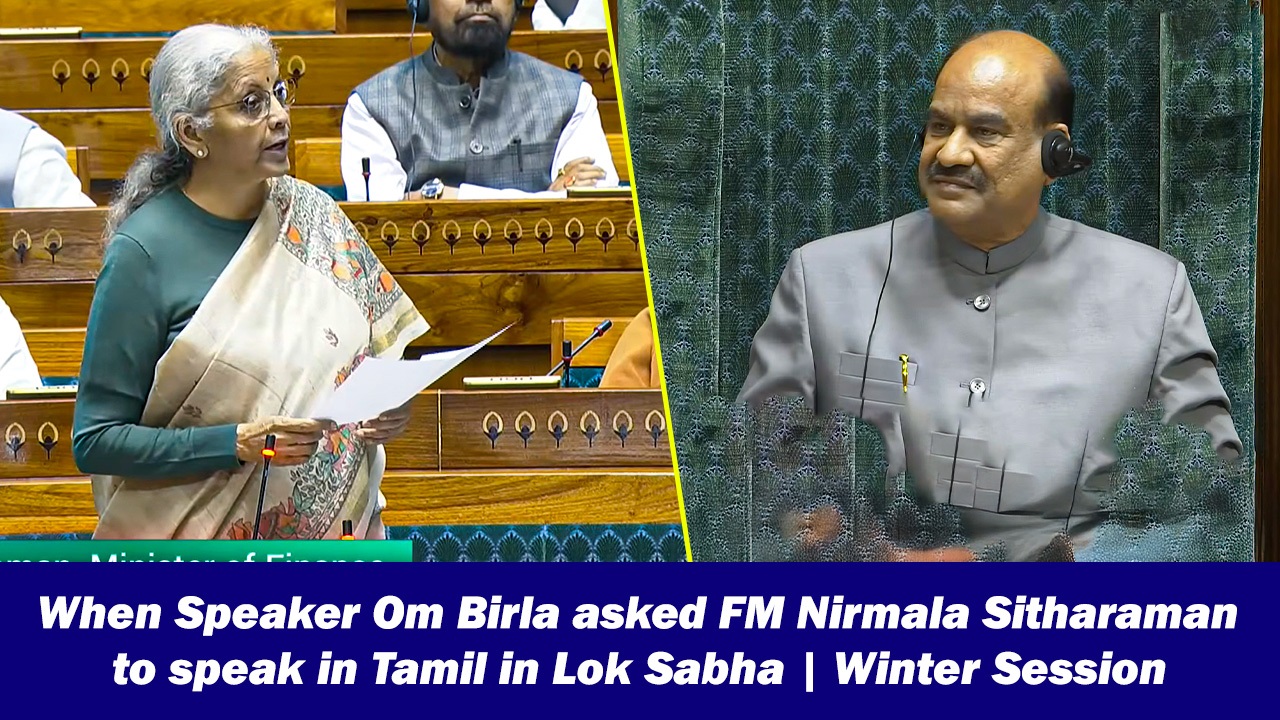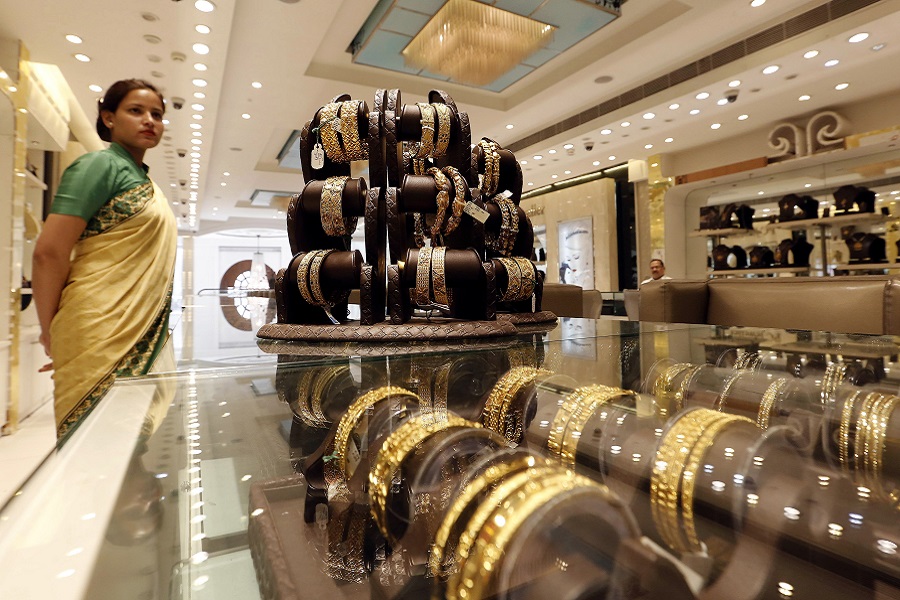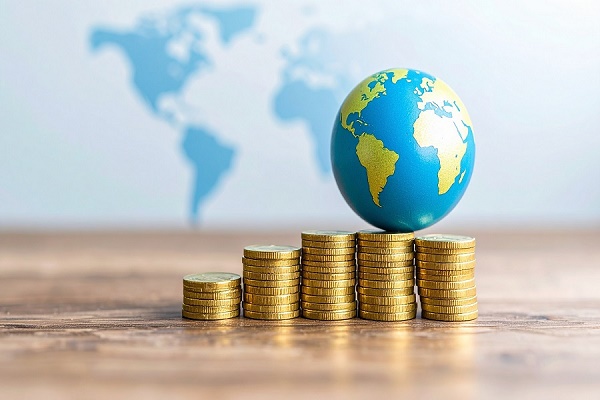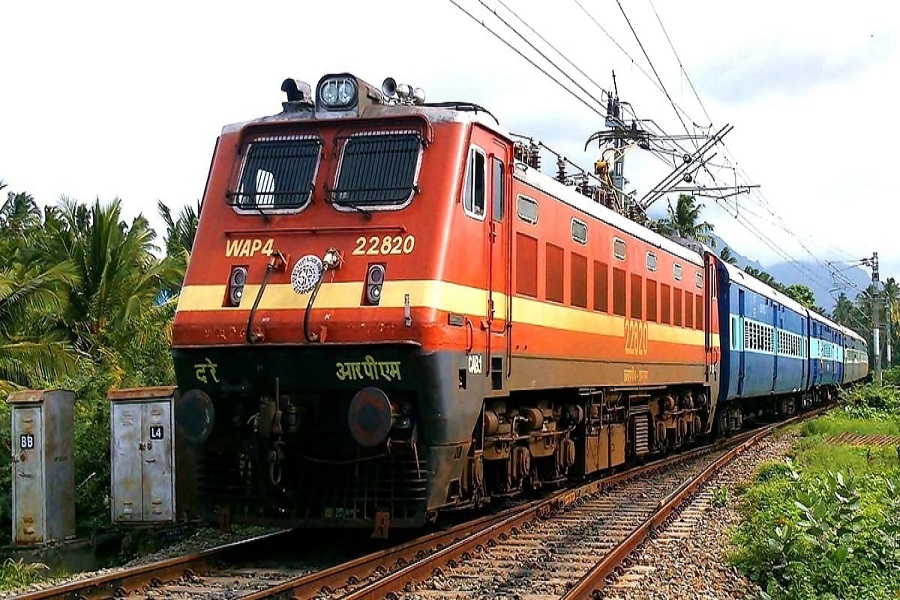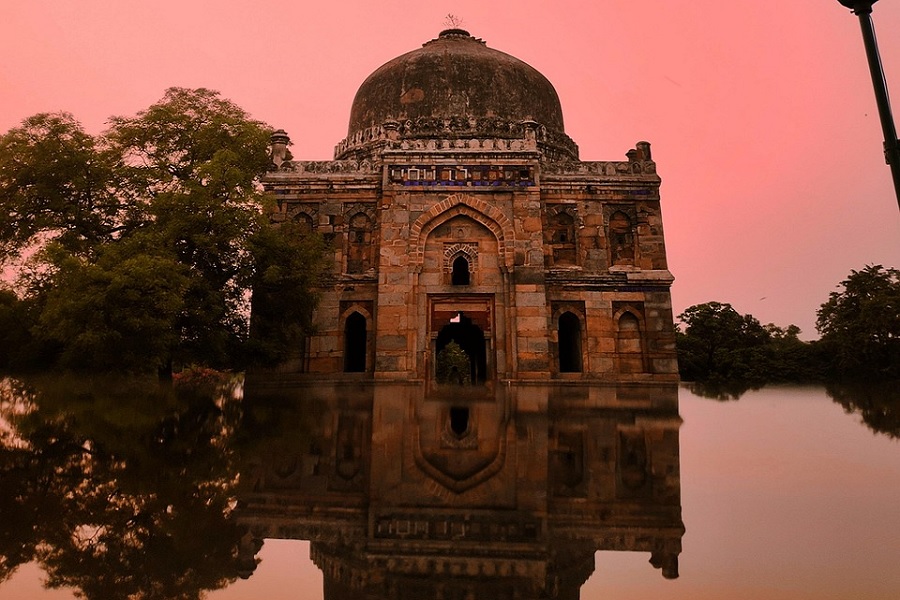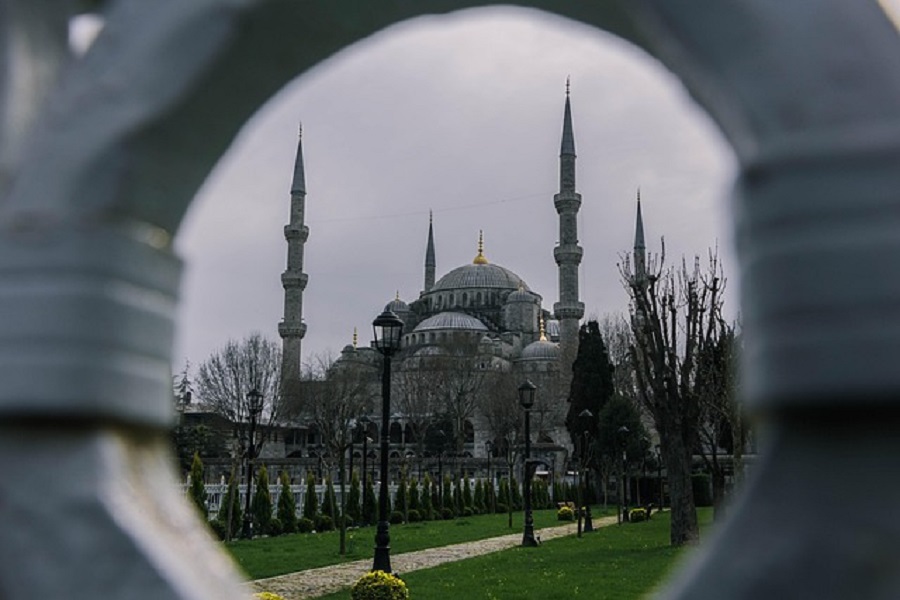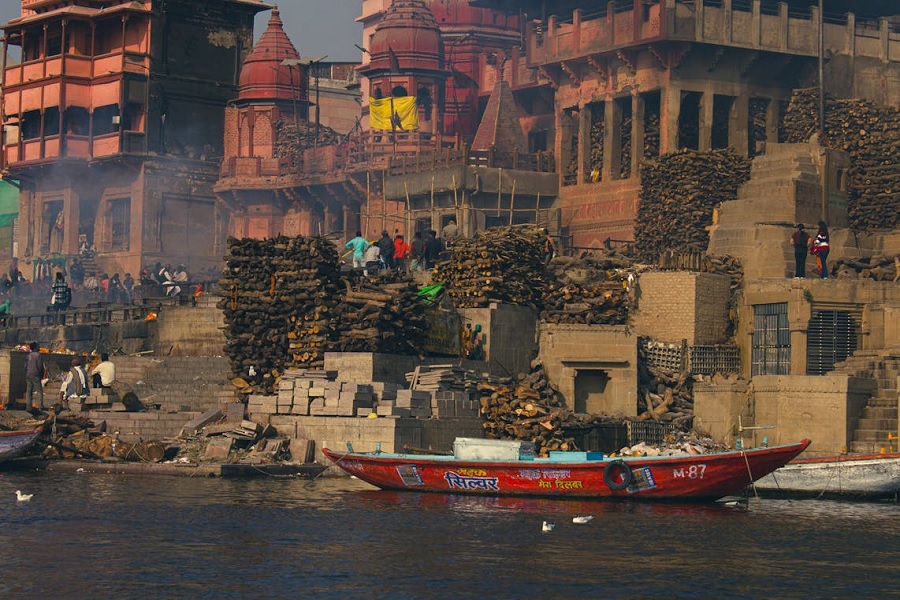Rangpanchami : The Vibrant Celebration of Colors and Tradition
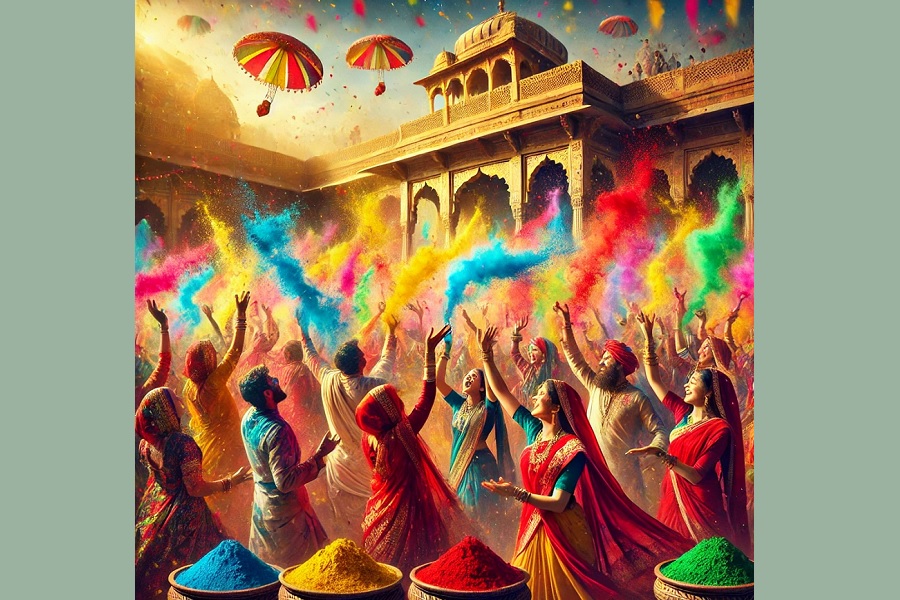
Rangpanchami is a festival of colors celebrated five days after Holi, primarily in Maharashtra, Madhya Pradesh, and parts of North India. Unlike Holi, which symbolizes the victory of good over evil, Rangpanchami is deeply rooted in spiritual and cultural traditions, representing the purification of negative energies and the invocation of divine blessings.
Significance of Rangpanchami
The word "Rangpanchami" is derived from "Rang" (color) and "Panchami" (fifth day), marking the fifth day of the Chaitra month in the Hindu calendar. It is believed that playing with colors on this day awakens positive cosmic energies, ensuring happiness and prosperity.
How is Rangpanchami Celebrated?
1. Color Play: Just like Holi, people throw gulal (dry colors) and splash colored water on each other.
2. Processions & Dances: In cities like Indore and Pune, grand processions with dhol-tasha, folk dances, and water cannons make the festival a spectacular event.
3. Temple Rituals: Devotees visit temples and participate in special pujas seeking divine blessings.
4.Traditional Feasts: Delicious sweets like puran poli, malpua, and gujiya are enjoyed with family and friends.
Rangpanchami vs. Holi: What’s the Difference?
While Holi is a well-known festival of colors celebrated across India, Rangpanchami is observed in select regions with a more spiritual and ritualistic significance. Holi involves the burning of Holika Dahan, whereas Rangpanchami is a colorful celebration with devotional aspects.
Where to Experience the Best Rangpanchami Festivities?
* Indore, Madhya Pradesh: Famous for its grand "Ger" procession, a massive color and water rally in Rajwada.
* Pune, Maharashtra: The festival is celebrated with great enthusiasm, especially in old city areas.
* Ujjain, Madhya Pradesh: Devotees offer colors to Lord Mahakal at the famous Mahakaleshwar Temple.
